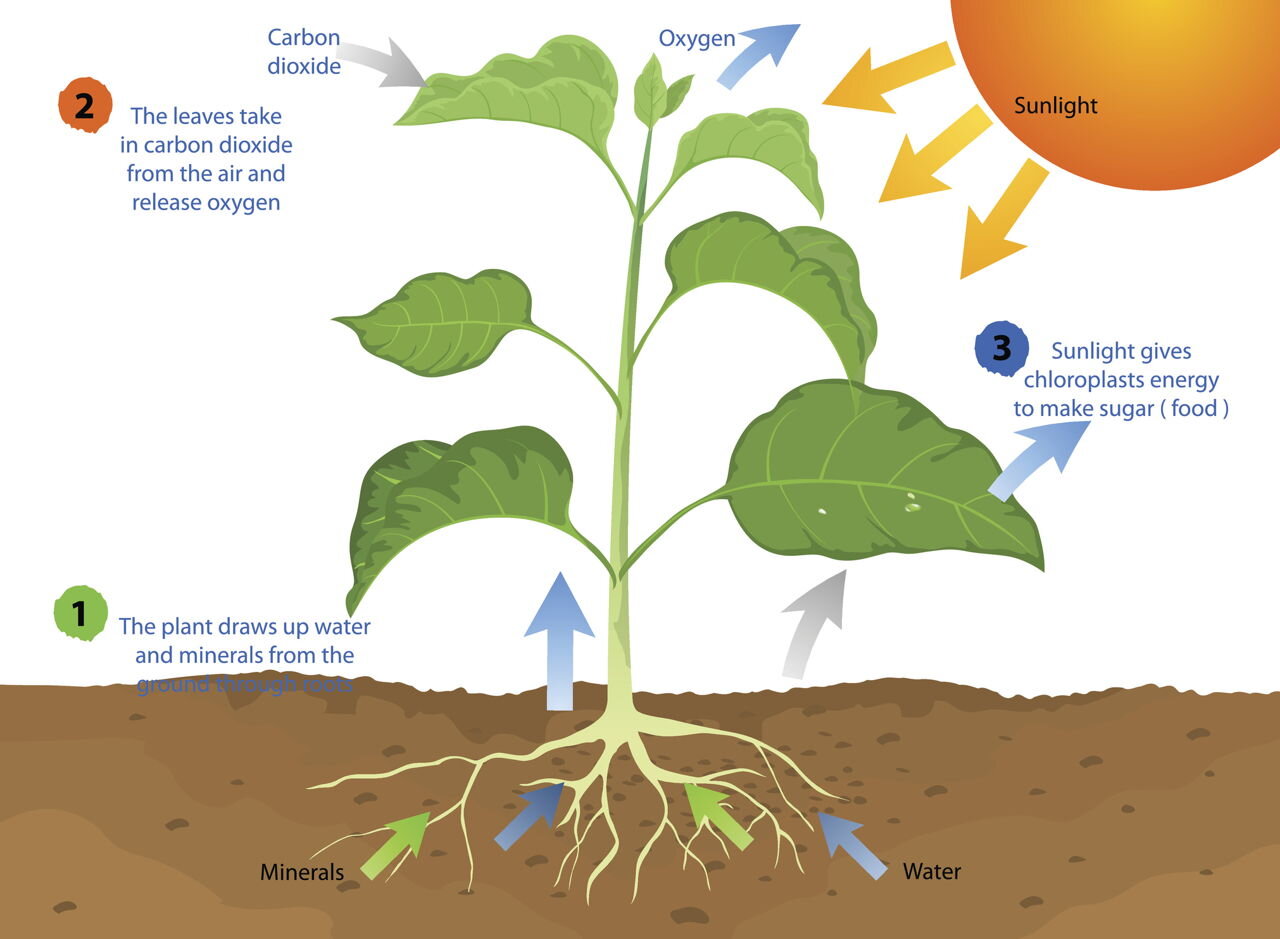How Do Plants Breathe?
Take a deep breath. In and out. Breathing, as easy as it seems, is actually a quite complex process that allows for all life forms on earth to function properly. Just like humans, all plants, animals, bacteria, and fungi need to take in air and then release it in order to create energy and stay alive. While it is clear that many animals breathe in and out through their mouths and noses, not every species has the ability to respire in the same way.
Plants, for example, don’t have a nose or mouth to breathe with. So, how do they do it? What parts of plants allow them to breathe and continue living? This is the responsibility of a process called cellular respiration. Every organism relies on this process, also called aerobic respiration, to provide them with energy and to keep itself operating regularly. Plants are no exception and have a unique method of cellular respiration.
Not only do plants need cellular respiration to survive, but they also rely on a process called photosynthesis. Photosynthesis works with cellular respiration to ensure that plants receive enough nutrients to live. Plants use photosynthesis to make their own food. During this process, plants absorb carbon dioxide, sunlight, and water and use these ingredients to produce glucose and oxygen. Through this process, plants are able to recycle the carbon dioxide that humans exhale and turn it into fresh air for us and other animals to breathe. The combination of the sunlight, carbon dioxide, and water results in the formation of energy molecules which are then transformed into glucose.
The glucose produced by photosynthesis is transported around the plant and provides energy to its cells during respiration. The first stage of respiration, glycolosis, divides each glucose molecule into two smaller molecules, called pyruvate, and releases a small amount of energy, called ATP. Because this process does not involve oxygen, it is called anaerobic respiration. Next, the pyruvate are reorganized by oxidation, and carbon dioxide and water are produced. The ATP is used to manufacture the other nutrients. This stage of cellular respiration requires oxygen and is, therefore, called aerobic respiration.
Plants depend on cellular respiration constantly as without it, they would die from the inconsistency of energy being provided. Cellular respiration in plants involves the consumption of glucose and oxygen, yet results in the production of carbon dioxide, water, and energy. Do those ingredients look familiar? They should! The products of cellular respiration are the key elements needed for photosynthesis. Thee two processes work together to help plants function and effectively contribute to the environment.
Photosynthesis and cellular respiration in a plant
Picture Source: biologywise.com

